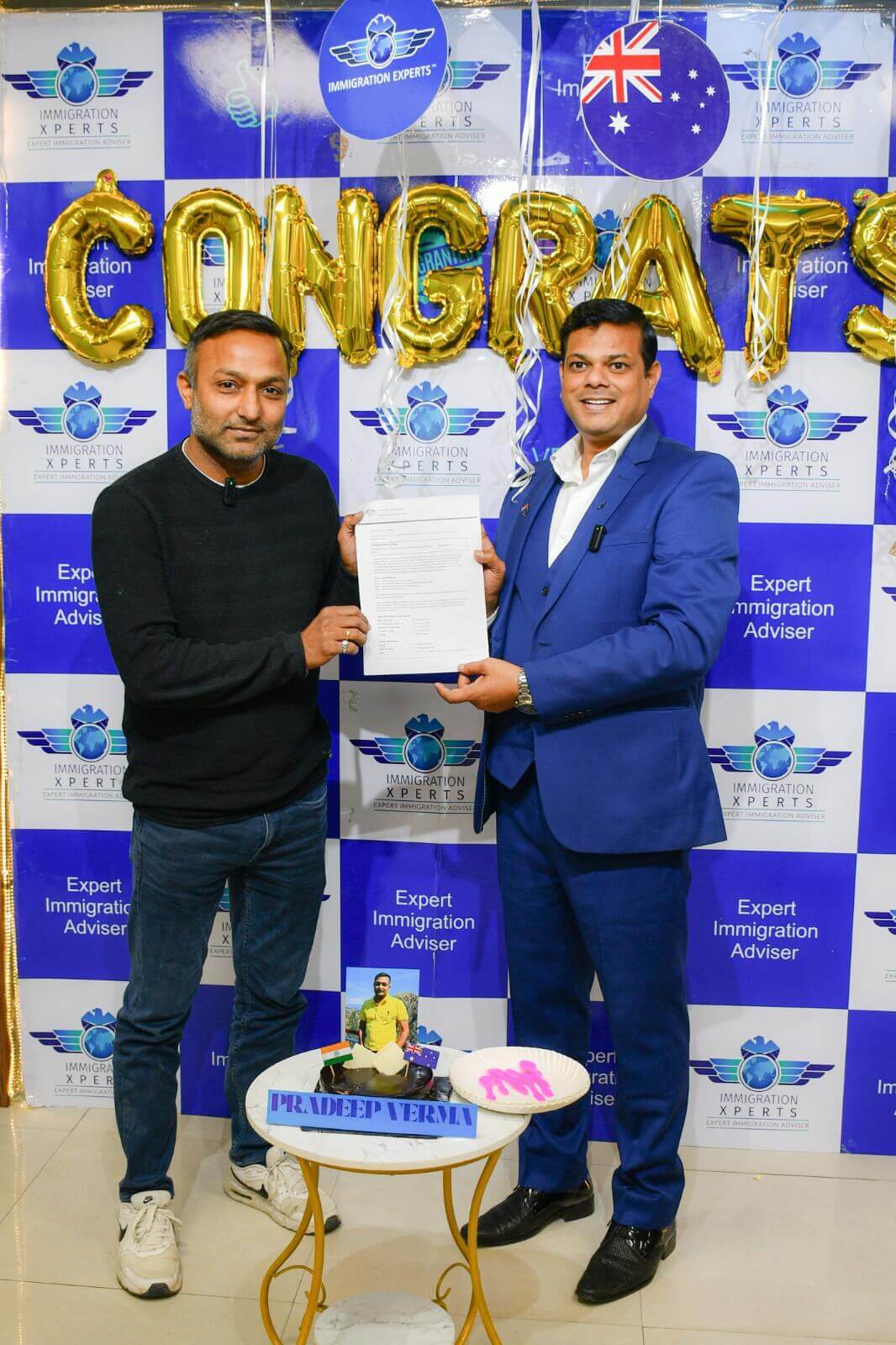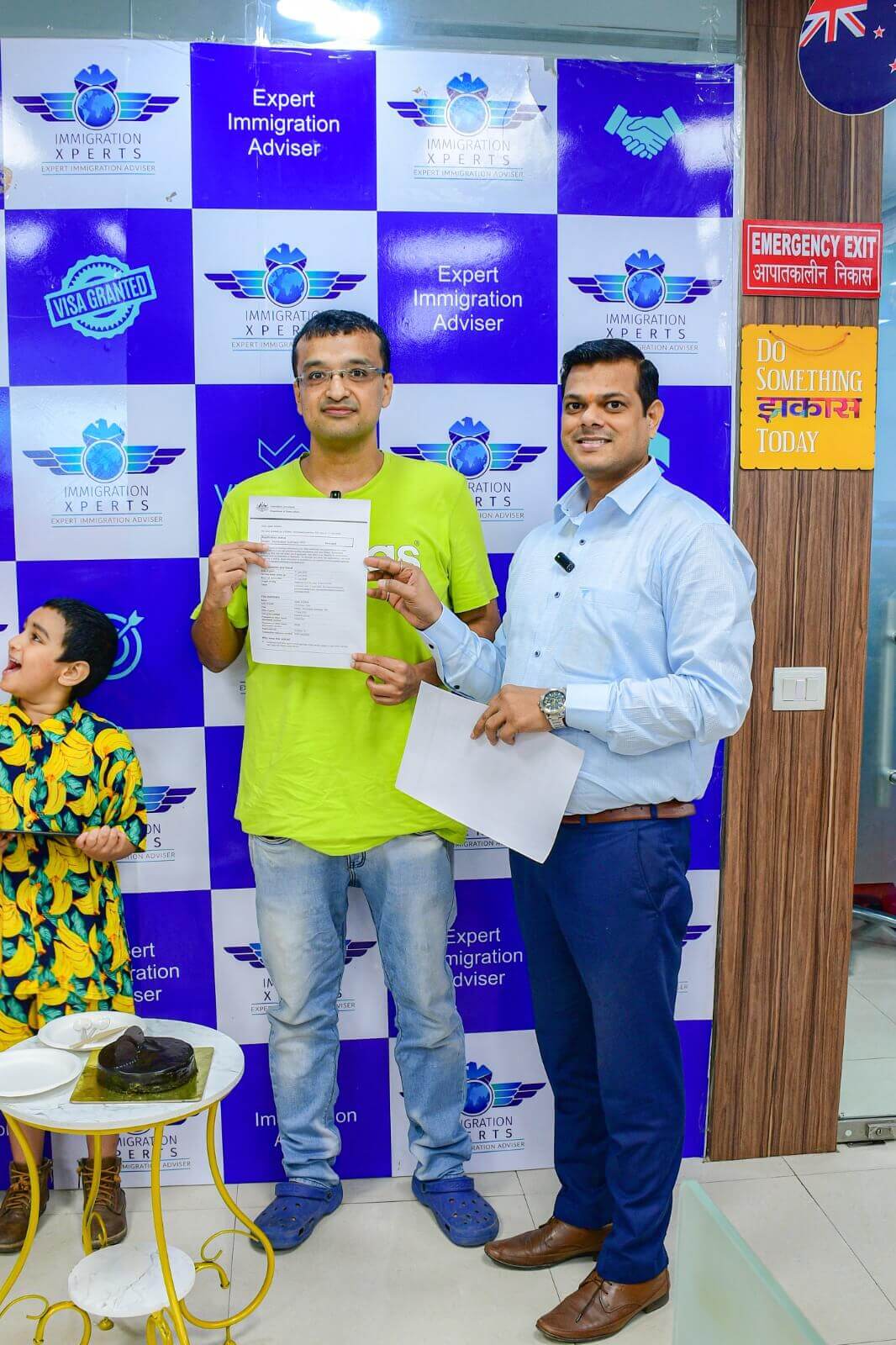Bridging Visas (BVs) – Ensuring Lawful Stay in Australia
Bridging visas are temporary visas designed to provide lawful status in Australia for eligible non-citizens. They are usually granted while an application for another visa is being processed or during certain appeal and review situations. Depending on your circumstances, a bridging visa can help you remain in Australia legally until a decision is made on your case.
Highlights
There are seven Bridging Visa (BV) classes and nine subclasses:
- Class WA – Bridging A (BVA) – Subclass 010
- Class WB – Bridging B (BVB) – Subclass 020
- Class WC – Bridging C (BVC) – Subclass 030
- Class WD – Bridging D (BVD) – Subclass 040 (Prospective Applicant) and Subclass 041 (Non-applicant)
- Class WE – Bridging E (BVE) – Subclass 050 (General) and Subclass 051 (Protection Visa Applicant)
- Class WF – Bridging F (BVF) – Subclass 060
- Class WR – Bridging R (BVR) – Subclass 070 (Removal Pending)
Based on individual situations, bridging visas may be granted automatically or through a separate application. It is possible to hold more than one bridging visa simultaneously, but only one will be active at a time. With the exception of Bridging Visa F (BVF), all bridging visas can only be applied for and granted within Australia.
Bridging visas are temporary compliance visas, allowing you to stay in Australia legally for a limited time.
Application Process — Bridging Visas (BVs)
1. Confirm which Bridging Visa applies to you
Identify the correct BV subclass (e.g., BVA 010, BVB 020, BVC 030, BVD 040/041, BVE 050/051, BVF 060, BVR 070). Where relevant, check whether the visa is only granted in Australia (most BVs) or has exceptions (BVF behaves differently).
2. Check if a bridging visa is granted automatically
In many cases a bridging visa is automatically applied when you lodge or hold a valid application for another substantive visa while in Australia. If not automatic, you will need to make a separate bridging visa application.
3. Gather required documents
Typical supporting documents include:
- Identity documents (passport, national ID)
- Evidence of your current visa or visa application (ImmiAccount receipt, visa grant notices)
- Proof of residence and contact details in Australia
- Any evidence supporting claims for special circumstances (medical, compassionate reasons)
- Documents for family members included in the application (birth/marriage certificates)
- Any police clearances or additional documents requested by the Department
4. Lodge the application
Online (preferred): Use ImmiAccount to lodge a new bridging visa application or to check status when a BV is granted automatically.
Paper: Rarely used — only if the Department allows it for your subclass or situation.
5. Pay the fee (if applicable)
Some bridging visas have no charge; others do. Pay any required application charge when lodging to avoid delay.
6. Provide biometrics and health checks (if requested)
You may be asked to attend a biometrics appointment or provide health/character documents. Respond promptly to any Department requests.
7. Await decision & comply with conditions
Processing times vary widely. While waiting, follow any conditions attached to your BV (work/study rights, travel restrictions, reporting requirements). If you hold multiple BVs historically, only the current active BV’s conditions apply.
8. If the Department requests more information
Provide the requested evidence quickly and keep copies. Failing to respond may lead to refusal or cancellation of the bridging visa.
9. After grant — next steps
- Note any travel restrictions (many BVs do not include a travel facility).
- If your bridging visa expires before your substantive visa decision, contact your migration agent or the Department for options.
- If refused, review the refusal letter for review rights (merits review, judicial review) and seek advice promptly.
Why Choose Apical Immigration Experts for Bridging Visas
Apical Immigration Experts specialise in bridging visas and short-term compliance matters — we help you stay lawful while your main visa is decided. With focused experience and clear communication, we reduce stress and cut the risk of costly mistakes.
- Bridging-visa specialists: Deep knowledge of all BV subclasses (010–070) and when each is automatically granted or needs a separate application.
- Tailored strategy: We assess your situation (onshore/offshore, family members, compelling/caring circumstances) and craft the right bridging-visa approach.
- End-to-end handling: From document collection and lodgement to biometrics follow-up and responding to Department requests — we manage the process for you.
- Up-to-date compliance: We monitor policy and condition changes so your application meets current public interest and special return criteria.
- Clear, practical advice: Honest timelines, transparent fees, and step-by-step guidance so you always know what to expect.
- Client-first support: Rapid responses, document checklists, and help preparing persuasive evidence to minimise delays or requests for more information.
Short Tagline Alternatives
- Apical Immigration Experts ensure seamless bridging-visa support — expert advice, precise documentation, and reliable case management.
- Get specialist help for Bridging Visas from Apical — we handle the paperwork, compliance and follow-ups so you can focus on your life in Australia.
FAQs — Bridging Visas (BVs)
A Bridging Visa is a temporary visa that gives lawful status in Australia while you wait for a decision on a substantive visa or during certain review/appeal processes. It’s for non-citizens who have lodged, or are eligible to lodge, another visa application and need to remain lawful in the meantime.
Some bridging visas are granted automatically when you lodge a qualifying visa application in Australia. If not automatic, you lodge a bridging visa application online via ImmiAccount (or as directed by the Department). Provide identity documents, evidence of your substantive visa application, and any supporting evidence requested.
Work and study rights depend on the specific BV subclass and any conditions attached to it. Some bridging visas include work and study rights; others are restrictive. Always check the visa grant notice for the exact conditions or ask an advisor to confirm your entitlements.
Most bridging visas do not include a re-entry (travel) facility. However, certain subclasses — notably Bridging B (BVB) — may allow temporary travel. If you need to travel, check your BV subclass and conditions before leaving Australia to avoid jeopardising your status.
If your active bridging visa is due to expire and your substantive visa is still pending, contact your migration adviser or the Department immediately. In many cases you may be able to apply for another bridging visa, request an extension, or take other steps to remain lawful — acting early reduces the risk of becoming unlawful.




